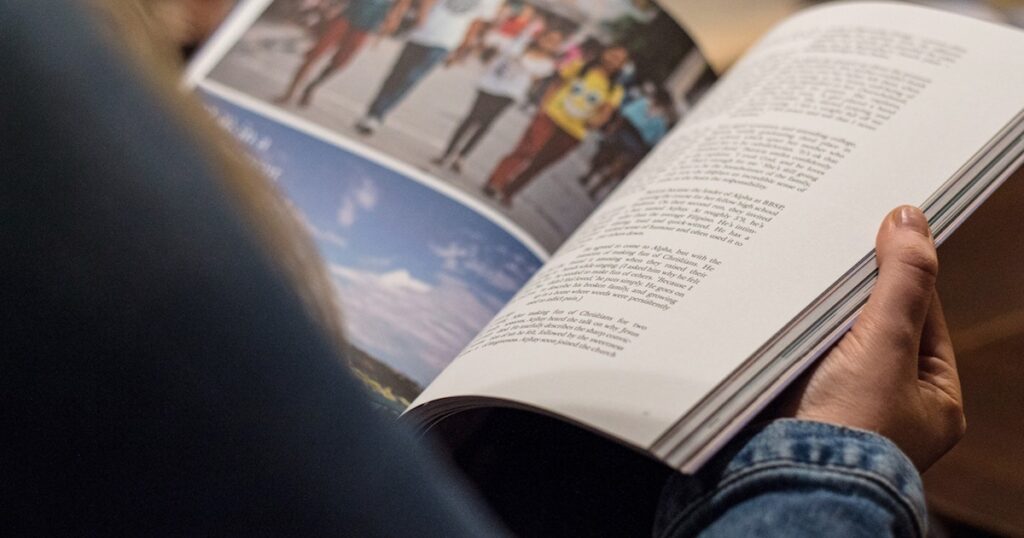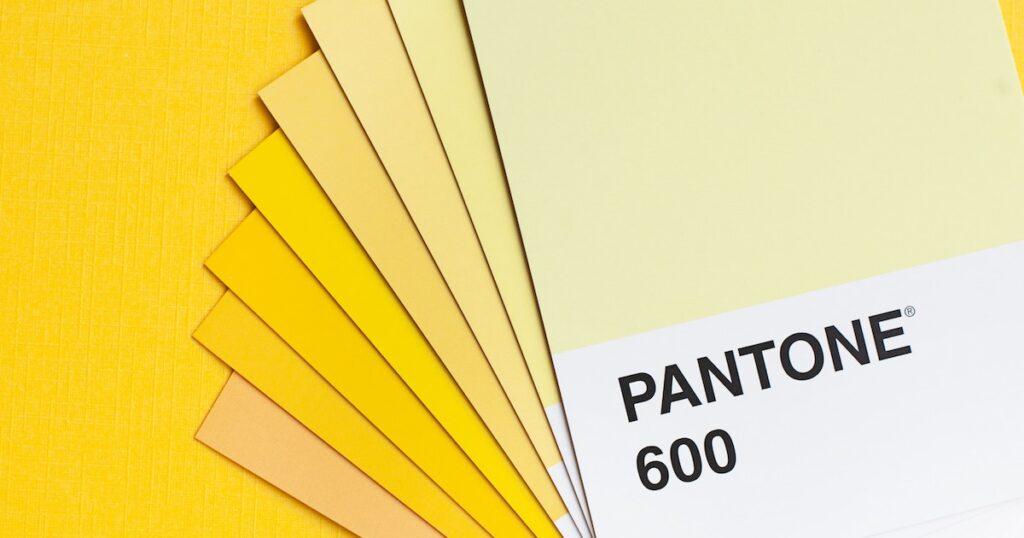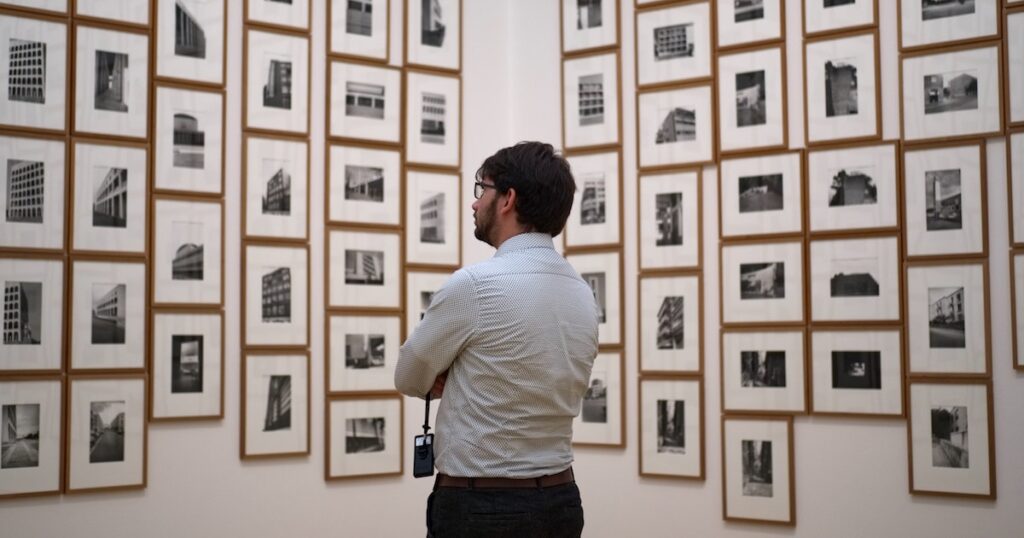
6 Jobs You Can Do With a Bachelor's Degree in Graphic Design
Although most work in an office setting, in 2018, 22 [...]
Finally, the resources for your MFA application process are becoming as abundant as the programs themselves.
There are more MFA programs, more MFA alums, and more MFA theses being published than ever before. If you’re looking to gain entry to one of these programs and emerge with a top-notch manuscript, this should be heartening news, even when many programs have a lower acceptance rate than Harvard Law.
When it comes to launching the research phase of your process, however, the multitude of programs (and their infamous websites, wastelands and/or labyrinths of information) can be daunting, to say the least. Good news! In the last decade or so, the resources to aid you in your application process have proliferated, mostly online. These “starting line” posts are dedicated to detailing them.
In case you’re not aware, this recent boom in resources is due in significant part to the poet Seth Abramson, who dedicated himself to making the MFA’s numbers as transparent as, well, the J.D.’s, a degree he also holds. What are a program’s acceptance rates? Or how about student/teacher ratio? Does a program fund all of its students? Equally? How much, and for what work? These were the sorts of questions that departments in other fields had been answering, transparently, for decades. Yet many MFA programs seemed reluctant to divulge it, even when pressed repeatedly, which, as someone who’s lived the majority of his life dancing under or around the poverty line, I found out-of-touch at best.
Real talk: Seth is not without his detractors (count New York City MFAs among them!), and I’ll be the first to say that his online persona has shown a propensity for long-winded rants, an eagerness for the last word, and a supreme confidence that he has done the homework, and his detractors haven’t. Real talk, part II: He is very often right. Whatever you think of him, the public pressure he put on MFA programs to be transparent is central to the wealth of information we have now. His controversial ranking system alone did a lot of the work, and it has since evolved into a thorough table of (unranked) stats on both full- and low-residency programs, published in Poets & Writers‘ annual “MFA Issue.” Unfortunately, while Seth used to make his stats available online for free, you need to buy the issue (or track it down at your local library!) to get the goods, which brings me two my first two resources:
1. “The MFA Issue” Poets & Writers: For the past seven years, the Sep/Oct issue of Poets & Writers has been dedicated to the MFA: articles offering insight on everything from admissions to writing the book to post-MFA life to how the rise of the MFA has changed literature. For the last several years, they’ve also included the table of program stats. Both the articles and the stats have their limitations (which I’ll detail in an upcoming post), but it’s an essential one-stop-info-shop for anybody researching MFA programs.
2. Seth Abramson’s articles on Huffington Post: All previous warnings apply, but the guy rarely disappoints in this venue, nearly always finding a way to be either entertaining, deliciously self-righteous, insightful, loaded with stats, or all of the above. His reaction to the Columbia e-mail controversy was a beautiful thing. His recent defense of the state of poetry had me pumping my fist as I read. And his monthly contemporary poetry reviews help to address a depressing lack of discussion about new and exciting poetry in our major publications. To get back to the MFA, Abramson’s knack for identifying programs that get overlooked or arguing against the unfunded MFA might just shake up your wishlist.
I’ll have more resources in the next “starting line” post–particularly resources that will help you connect with other applicants. For now, call your local library and see if they stock Poets & Writers!
About the Author: Adam Atkinson hails from Western Pennsylvania and holds degrees in creative writing from Louisiana State University and Carnegie Mellon University. Currently, he is a PhD candidate at the University of Utah in Salt Lake City. This past summer, he and five other poets carried out a tour and documentary project called Line Assembly (learn more at https://lineassembly.com or on Twitter at @LineAssembly), and he co-edits OH NO with fellow Line Assembler S.E. Smith. Adams poems have appeared in Black Warrior Review, Caketrain, kill author, and other journals, and his scholarship and public initiatives have been supported by the Children’s Museum of Pittsburgh, the Heinz Endowments, the Puffin Foundation, the U.S. State Department, Ventspils International Writers and Translators House in Latvia, and others. You can follow him on Twitter at @AdamCAtkinson or on tumblr at adamcatkinson.
Questions or feedback? Email editor@noodle.com

Although most work in an office setting, in 2018, 22 [...]

It's no secret that graphic designers have serious skills,but what [...]

Yet another bastion of culture that's slowly declining in popularity. [...]

Sure, you know the value of your capabilities, but others [...]

Categorized as: Art & Art History, Art & Design